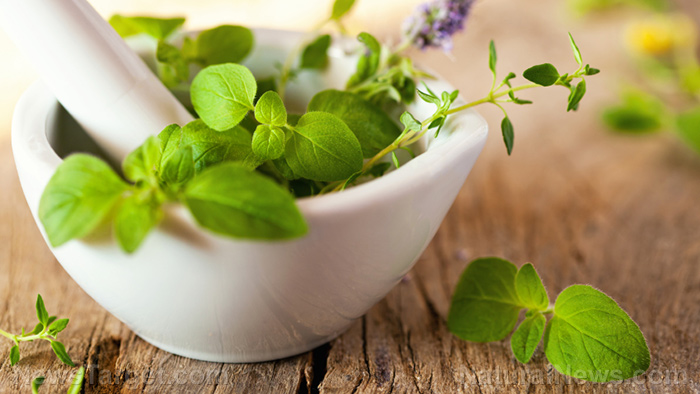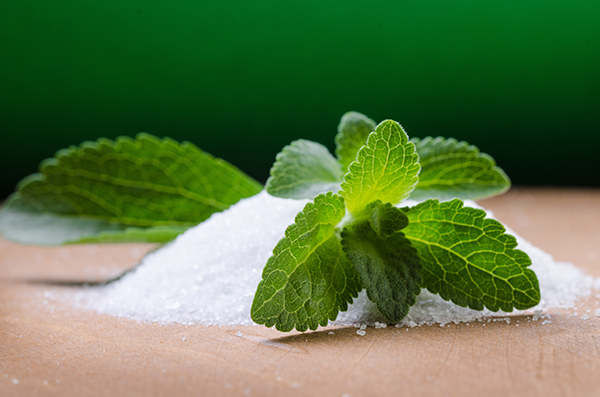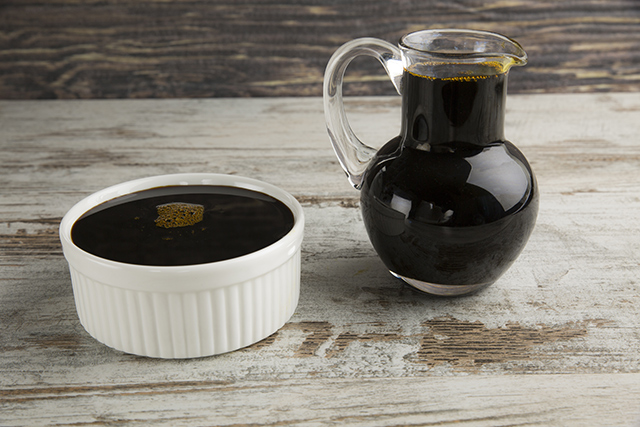 Parler
Parler Gab
Gab
- Valerian: Ancient sedative widely used for insomnia and anxiety, shown to increase calming neurotransmitters.
- Dandelion: Liver-friendly diuretic used globally since medieval times; modern studies highlight blood sugar regulation.
- Yarrow: Battlefield wound healer revered since antiquity, now validated for antimicrobial and anti-inflammatory effects.
- Chamomile: Longstanding calm-inducer; clinical evidence supports anxiety relief via GABA receptor interaction.
- Echinacea: Widespread immune booster since Native American practices, backed by studies for cold symptom relief.
The herbs: Ancient remedies, modern science
Nature's pharmacy is full of powerful remedies. Here are a few superstars everyone should consider having in their home medicine cabinet: Valerian (Valeriana officinalis): Mother Nature’s tranquilizer Used since ancient Greece to soothe Nervous disruptions, this root owes its calming effects to compounds like valerenic acid, which boost GABA, a brain-calming neurotransmitter. Medieval physicians prescribed it for insomnia, and modern trials affirm its efficacy for anxiety disorders. However, its sedating effects are not universal; a small percentage of users report paradoxical stimulation, a mystery attributed to unmetabolized constituents. Today, valerian remains a go-to alternative for those wary of benzodiazepine dependency. Dandelion (Taraxacum officinale): The weed with superpower properties Long dismissed as roadside clutter, dandelion’s roots and leaves are nutrient-packed dynamos. High in inulin and vitamins A, C and K, they’ve supported livers and kidneys across cultures for millennia. Modern studies reveal dandelion extracts may modulate blood sugar levels and reduce liver inflammation, offering low-cost support for metabolic health — a far cry from its “weed” stigma. Yarrow (Achillea millefolium): The antiseptic from ancient battlefields Named after Achilles, who reportedly staunched soldiers’ wounds, yarrow’s antimicrobial and astringent properties are still unmatched. Its hemostatic effects (stopping bleeding) and ability to prevent infection make it a staple in first-aid kits. Contemporary research highlights yarrow’s role in treating menstrual cramps and varicose veins, proving its battlefield-era utility endures in modern therapies. Ginger (Zingiber officinale): Nature’s multitasking panacea A trader’s staple across the Silk Road for nausea and inflammation, ginger’s star compound, gingerol, has inspired over 200 studies. It reduces morning sickness (FDA-approved in pregnancy at safe doses) and rivals NSAIDs for arthritis pain with fewer GI side effects. This spicy root also promotes heart health, providing a flavorful way to combat chronic disorders. Chamomile (Matricaria chamomilla): The ancient mood-booster Whether in Roman bathhouses or Victorian tearooms, chamomile’s calming effect on restlessness and digestive woes has never waned. Apigenin, its active flavonoid, binds to GABA receptors, offering a non-addictive remedy for anxiety. Clinical trials support its use for childhood colic and sleep disorders, making it a cornerstone of family medicine. Echinacea (Echinacea purpurea): The immune system’s first line of defense Cherished by Native Americans, echinacea’s immune-boosting properties stem from polysaccharides that stimulate white blood cells. Emerging studies suggest early use may shorten cold durations by up to 20%, though benefits vary by species and formulation. It remains a popular complement to conventional cold treatments. Garlic (Allium sativum): Cardiovascular superstar Hippocrates championed garlic as a disinfectant and detoxifier, and modern cardiac studies laud its cardiovascular benefits. Allicin, a sulfur compound released when crushed, lowers blood pressure and reduces LDL cholesterol by blocking angiotensin-converting enzymes. Over 600 million years of cultivation aligns its popularity as a flavor and functional medicine in nearly every cuisine. Turmeric (Curcuma longa): Ayurveda’s anti-inflammatory wonder Ayurvedic texts from 400 BC recommended turmeric for inflammation, and its curcumin is now a supplement mainstay. Studies show it matches ibuprofen for osteoarthritis pain and mitigates inflammation markers in heart disease. Bioavailability issues (poor absorption) have spurred additives like piperine (black pepper extract) to enhance efficacy. Stinging Nettle (Urtica dioica): The micropuncture multitasker Nettle’s stinging hairs deter grazers but its leaves are rich in iron and minerals. For centuries, it’s supported iron-deficiency anemia and allergies. Modern research confirms its role in reducing seasonal allergy symptoms by blocking histamine receptors — a paradoxical plant that heals despite its prickly exterior. Lemon Balm (Melissa officinalis): Serenity in leaf form Used by Greek philosophers to lift spirits, lemon balm contains rosmarinic acid, an antioxidant linked to cognitive improvement in Alzheimer’s trials. It also inhibits herpes simplex virus replication, earning its place in topical antiviral creams. Its blending with chamomile or lemon verbena creates calming herbal tea blends. Elderberry (Sambucus nigra): Flu fighter and antioxidant powerhouse Sambucus leaves and berries were used in Folk remedies for colds, but elderberry syrup’s viral-fighting potential didn’t gain mainstream attention until outbreaks like SARS. Recent studies reveal its anthocyanins block viral surface proteins, shortening flu duration. It remains a popular remedy in flu season. Peppermint (Mentha piperita): Gastrointestinal reliever Prized by Egyptian pharaohs for its minty essence, peppermint’s menthol relaxes intestinal muscles, easing irritable bowel syndrome (IBS). Evidence supports enteric-coated capsules for bloating and nausea, and it’s used in aromatherapy for migraines — a plant that soothes both body and mind.Bridging ancient practices with modern needs
As pharmaceutical costs soar and antibiotic resistance grows, these 12 herbs stand as a testament to nature’s complexity and adaptability. Their resurgence isn’t a backlash against modern medicine but an acknowledgment of its limitations in holistic care. From valerian’s GABA-boosting properties to echinacea’s antiviral potential, herbs offer accessible, evidence-backed solutions to common health struggles. As cultures relearn to listen to ancestral wisdom, they may just find that the greatest innovations were already growing in the wild. Sources for this article include: TheEpochTimes.com ChestnutHerbs.comNatural induction gains traction: Acupuncture and beyond as alternatives to C-sections
By Willow Tohi // Share
Simplify your day: The shelf-stable shortcut to creamy coffee and more
By HRS Editors // Share
Sweet victory: Fermented stevia emerges as potential cancer killer
By Ava Grace // Share
Golden herbs show new promise in fracture healing: Holistic approaches gain scientific ground
By Willow Tohi // Share
Molasses: The forgotten superfood with timeless benefits
By Laura Harris // Share
Why sleep is just as important as diet and exercise
By Ava Grace // Share
Governments continue to obscure COVID-19 vaccine data amid rising concerns over excess deaths
By patricklewis // Share
Tech giant Microsoft backs EXTINCTION with its support of carbon capture programs
By ramontomeydw // Share
Germany to resume arms exports to Israel despite repeated ceasefire violations
By isabelle // Share










